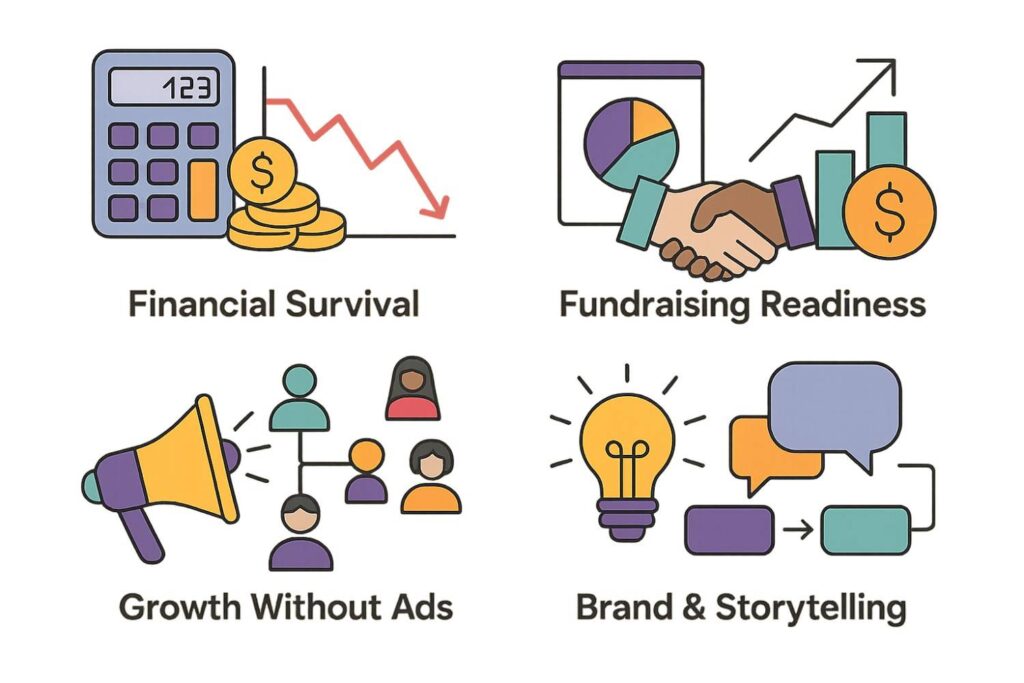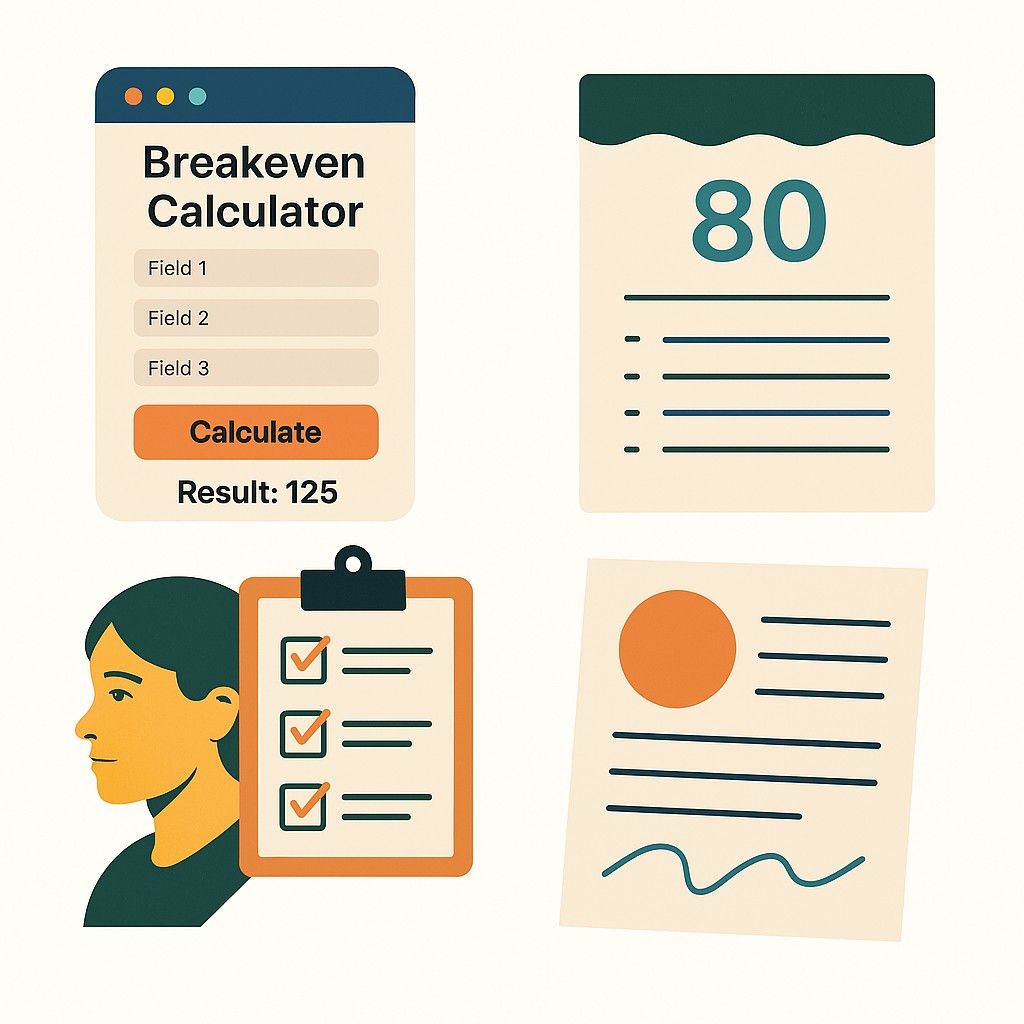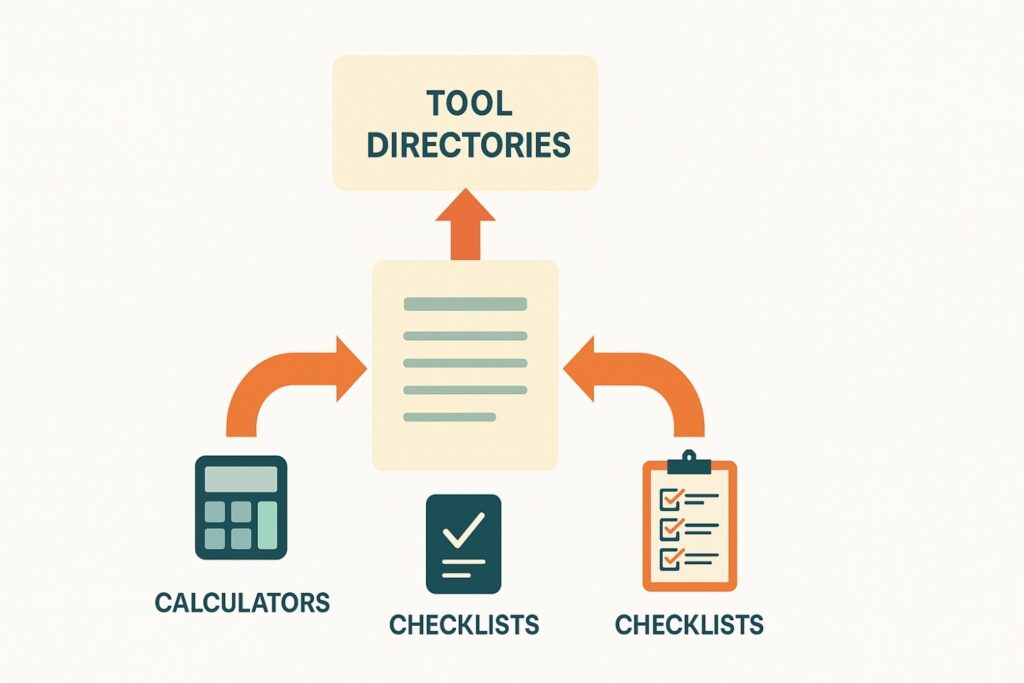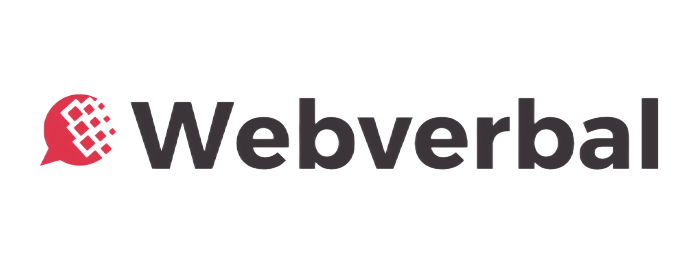Table Of Content
- Introduction: Why Every Founder Needs a Toolkit
- How to Use This Toolkit
- Beyond Calculators and Checklists: The Right Tools Matter
- I. Financial Survival: Know your numbers before you scale
- Why this matters
- Essential tools in this section
- How to use these tools, step by step
- Quick founder playbook
- II. Fundraising Readiness: Prepare the deck investors actually want
- Why investors care about a checklist
- Tools you should use
- How to work through readiness
- What investors will test
- III. Growth Without Ads: Low-cost channels that win the first 1,000 customers
- Key tools and guides
- Step-by-step approach
- Why this approach scales
- IV. Brand & Storytelling: Convert attention into action
- Practical storytelling tools
- How to apply storytelling
- The payoff
- V. How to operationalize these tools inside your startup
- Assigning ownership
- Tracking dashboards
- VI. Distribution & SEO strategy for this toolkit
- Conclusion — Use this toolkit as your operating manual
- FAQs
Introduction: Why Every Founder Needs a Toolkit
Founders make hundreds of decisions every week. Which product to launch next, how much to spend on ads, whether to hire or hold the line — each choice compounds over time. The difference between a guess and a data-driven decision is often the difference between a healthy startup and a slow burn toward failure.
That is the simple premise behind this Startup Founder’s Toolkit: practical workflows, calculators, and reproducible checklists you can use now, not next quarter. These tools are not academic exercises; they are tactical instruments that help you answer urgent founder questions: How low can I price this during a sale? How many units do I need to sell to cover rent? Is our deck investor-ready? What founder salary is realistic given our runway?
This pillar post is your single source of truth — a hub that links twenty detailed, widget-style posts and interactive tools: breakeven calculators, profit-margin tests, investor checklists, story generators and more. Use this toolkit to stop guessing and start optimizing.
How to Use This Toolkit
- Scan the themes below: Financial Survival, Fundraising Readiness, Growth Without Ads, and Brand & Storytelling.
- Click through to the tool that answers your immediate problem. Each link opens into a dedicated calculator, checklist, or framework.
- Apply the output to your next campaign, pitch, or hiring decision.
By the end of this post, you’ll have a practical sequence for applying these tools to the two most important problems every founder faces: staying solvent and finding repeatable growth.
Beyond Calculators and Checklists: The Right Tools Matter
Frameworks and calculators help you make better decisions — but execution depends on the tools you use. Alongside this Startup Founder’s Toolkit, we’ve built comprehensive resource posts that serve as your go-to directories for 2025:
- Best Startup Tools 2025 — 1000+ Tools for Founders
A massive, categorized directory across productivity, marketing, finance, and growth. - Best Ecommerce Tools 2025
Every app, plugin, and platform you need to launch, run, and scale an online store. - Best AI Tools for Startups 2025
From marketing automation to research assistants, the must-have AI stack for founders. - Best AI Tools for Coding 2025
Developer-focused AI tools that speed up shipping, debugging, and scaling software products. - Best Shopify Plugins 2025
The definitive list of plugins that actually move the needle on conversion, AOV, and retention.
Use this toolkit for decision frameworks, and turn to these directories when you need to pick the specific apps, plugins, or platforms that put those frameworks into action.
I. Financial Survival: Know your numbers before you scale

Financial clarity is the foundation for every good growth decision. When you understand your unit economics, contribution margin, and breakeven point, you control the levers of pricing, promotions and supplier negotiations.
Why this matters
Selling more is meaningless if each incremental sale erodes your margin. The founders who survive and scale are not the ones with the flashiest campaigns — they are the ones who know their breakeven, their contribution margin, and their realistic runway. If you can answer “What is the minimum number of units I need to sell this month to cover costs?” you can make intelligent choices about discounts, customer acquisition spend, or product bundles.
Essential tools in this section
- Breakeven Calculator for E-Commerce Stores — calculate units and revenue required to cover fixed and variable costs.
- Discount & Profit Margin Calculator — see how a sale impacts gross profit and margin per unit.
- Burn Rate & Runway Estimator — track monthly cash burn and compute runway under different revenue scenarios.
- Startup Valuation Reality Check — stage-based estimator to set realistic expectations before pitching.
How to use these tools, step by step
- Run the breakeven calculator every month and whenever you set a promotion. Record breakeven units and revenue as your baseline.
- Test discount scenarios with the profit margin calculator — never run a sale without this stress test.
- Recalculate runway after every hiring decision or major campaign; update founder salary estimates accordingly.
- If the valuation calculator shows your expectations are unrealistic, adjust pitch strategy or reduce the raise target.
Quick founder playbook
- Before the next sale: run breakeven + profit margin tests and place a “stop loss” limit for discounts.
- Before hiring: run burn rate + runway analysis; only hire if contribution margin supports payback.
- Before negotiating supplier terms: compute contribution uplift if cost reduces by 5–15% — this creates a negotiation target.
II. Fundraising Readiness: Prepare the deck investors actually want

Raising capital should be a function of readiness, not luck. Investors invest in clarity, defensible assumptions, and teams that anticipate hard questions. Your pitch deck is the first signal; your numbers and readiness are the proof.
Why investors care about a checklist
Investors sift decks quickly. They look for plausibility: a credible market, healthy traction, a defensible product, and unit economics that scale. A checklist ensures you present those facts succinctly and confidently.
Tools you should use
- 30-Minute Investor Readiness Test — a weighted checklist that scores deck readiness and gives a short action plan.
- Pitch Deck Checklist: What Investors Expect — slide-by-slide outline and ready-to-use deck order.
- Customer Acquisition Cost (CAC) Calculator and LTV estimator — prove the math behind growth spend and retention.
- ROI & Unit Economics Simulators — show how ad investments convert into sustainable revenue and margin.
How to work through readiness
- Run the Investor Readiness Test and treat the output as your pre-flight checklist. If your score is under 60, fix the top three gaps before contacting investors.
- Use the Pitch Deck Checklist to prune slides and prioritize high-ROI content. Keep heavy data in the appendix.
- Model CAC vs. LTV under three scenarios (conservative, likely, optimistic). Use conservative numbers in your deck; keep optimistic ones in backup slides.
- Rehearse the story around your financial assumptions — investors will probe your growth levers.
What investors will test
- Assumption elasticity — how sensitive are forecasts to CAC or retention shifts?
- Traction authenticity — are metrics repeatable or one-off spikes?
- Team fit — does the team have the skills to execute?
III. Growth Without Ads: Low-cost channels that win the first 1,000 customers

Paid social is expensive and noisy. The earliest customers often come from low-cost, high-effort channels that compound over time: partnerships, direct outreach, content, and community.
Key tools and guides
- How to Get Your First 100 Customers (No Ads Required) — step-by-step tactics for founder-led acquisition.
- Product Launch Day Checklist: From Teasers to First Orders — Product Launch Day Checklist: From Teasers to First Orders
- Discount & Profit Margin Calculator for Founders — a free, mobile-friendly tool to help you run the numbers before you run a campaign.
Step-by-step approach
- List 25 potential partners (complementary products, micro-influencers, relevant publishers). Prioritize by ease of activation.
- Run a 14-day outreach sprint using the PR Playbook; aim for three pilot placements or 20 warm intros.
- Design a referral loop with incentives for early adopters. Track results and double down on what works.
- Measure CAC from these channels, then simulate ad scale with the CAC calculator before spending.
Why this approach scales
Low-cost channels help you discover product-market fit without burning cash. The customers you acquire organically are often higher quality — early evangelists who bring referrals. Paid ads can layer on top once you’ve validated these organic funnels.
IV. Brand & Storytelling: Convert attention into action
Great product + weak story = slow growth. Story reduces friction: it helps investors, partners and customers quickly understand why you exist and why you matter.
Practical storytelling tools
- Founder Archetypes & Narrative Templates — formats to keep messaging consistent.
- Customer Persona Checklist — convert interviews into usable personas.
How to apply storytelling
- Generate your one-liner and use it across your deck, site and profiles.
- Create three micro-stories: a problem moment, a customer outcome, and a founder insight.
- Use the Brand Story Generator before each launch or PR pitch.
- Test messaging with 20 real prospects; keep the one that converts best.
The payoff
A crisp story shortens sales cycles, improves conversion, and makes investor meetings smoother. It’s the connective tissue between product features and customer outcomes.
V. How to operationalize these tools inside your startup
Tools only matter if they’re part of your rituals.
- Weekly growth ritual: every Monday, run one calculator (breakeven or CAC) and review in a 30-minute growth sync.
- Monthly finance audit: update costs, run breakeven + runway, and set hiring or marketing limits.
- Pre-raise checklist: before outreach, run Investor Readiness Test, finalize your deck, and review with two mentors.
- Story sprint: quarterly, run the Brand Story Generator and A/B test messages in a campaign.
Assigning ownership
- CEO/founder: brand story, investor readiness.
- Head of Growth: CAC, ROI, customer acquisition tests.
- Finance lead / outsourced CFO: breakeven, runway, founder salary.
- Ops/product: personas and differentiation analysis.
Tracking dashboards
Use Google Sheets or Data Studio to track:
- Contribution margin per unit
- Breakeven units and revenue
- CAC by channel and payback period
- Runway (months)
Visibility drives discipline.
VI. Distribution & SEO strategy for this toolkit
A toolkit is only useful if people can find it. The pillar–cluster model works when:
- Each tool post links back here with anchor text like See the full Startup Founder’s Toolkit.
- This pillar links out to each tool page with descriptive anchors.
- External credibility comes from linking to high-authority resources like the Y Combinator Startup Library.
Promote the pillar via LinkedIn threads, newsletters, and guest contributions. Repurpose each tool into short posts that funnel readers back here.
Conclusion — Use this toolkit as your operating manual
The difference between founders who scramble and those who scale is process. This Startup Founder’s Toolkit is not a static list — it’s an operating manual. Bookmark it. Run the calculators before promotions or hires. Test your story before launches. Revisit investor readiness before fundraising.
Small weekly habits — updating numbers, running quick tests, refining the story — compound into predictable growth.
If you want help embedding these tools inside your startup, from weekly cadences to polished investor decks, explore Strategic Advisory Services.
Start with one tool this week. Run the breakeven calculator, test a discount scenario, and see what changes. Clarity compounds.
FAQs
It’s a curated collection of practical calculators, checklists and frameworks that founders use to make faster, data-driven decisions. This toolkit focuses on financial clarity, fundraising readiness, low-cost growth tactics and storytelling.
Start with financial survival tools: breakeven, contribution margin and runway. Once your numbers are solid, move to growth experiments and fundraising readiness.
Weekly for contribution margin and CAC (if you’re running campaigns), and monthly for breakeven and runway. Run investor readiness checks before any fundraising push.
No. The tools give clarity and speed but do not replace professional advice for legal, tax or complex financial planning. Use these tools to prepare better questions and documents before meeting experts.
A: Yes — the interactive calculators and checklists in this toolkit are free to use on Webverbal. If you need a deep-dive or tailored help, consider our Strategic Advisory Services for hands-on support: Strategic Advisory Services




